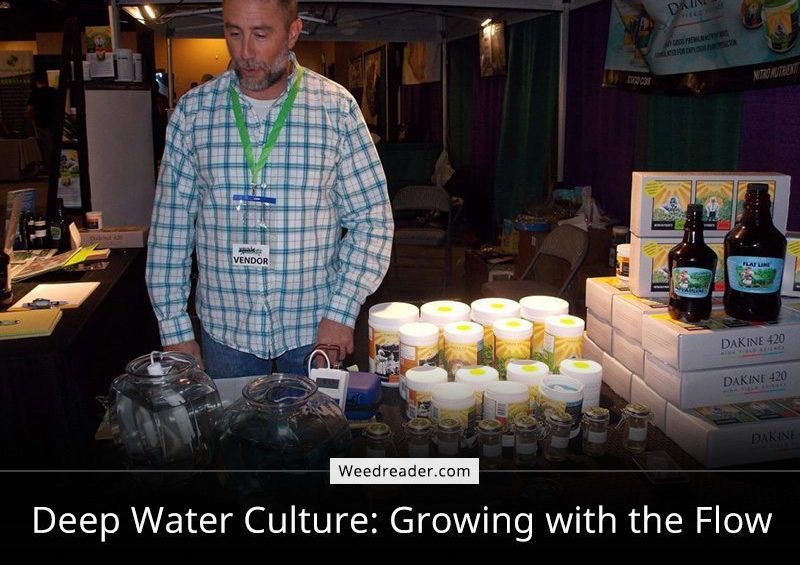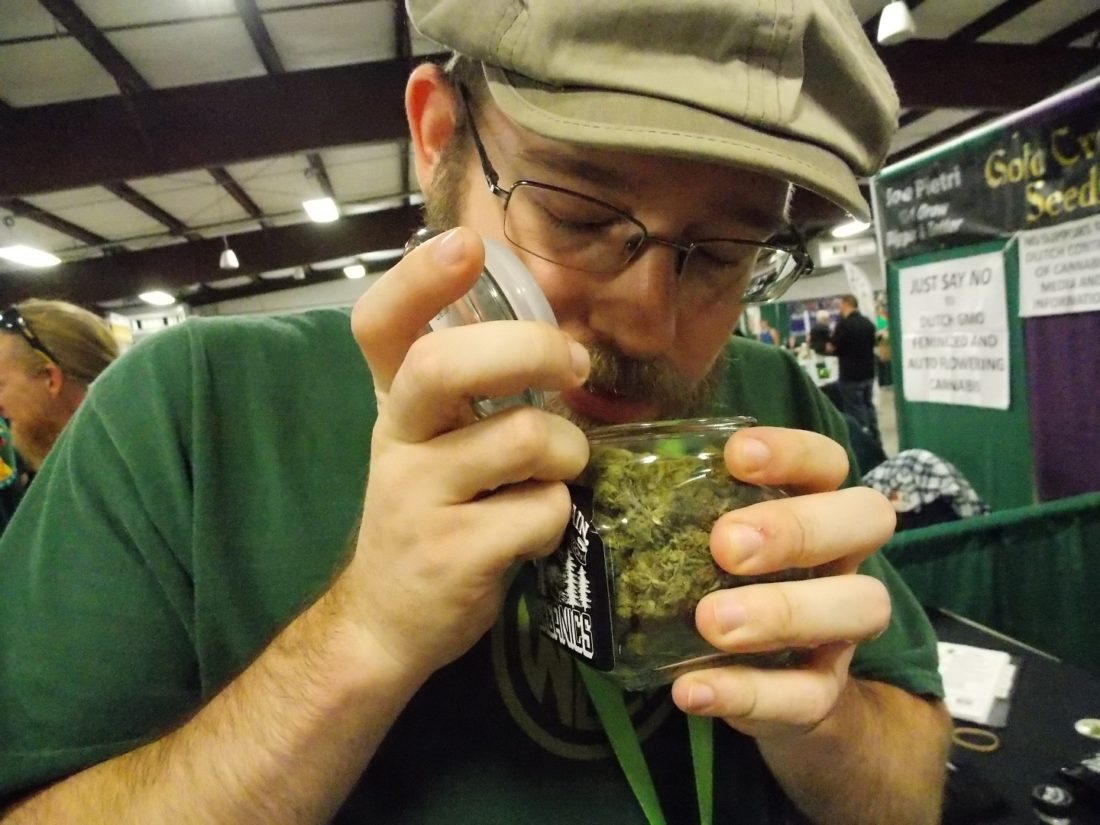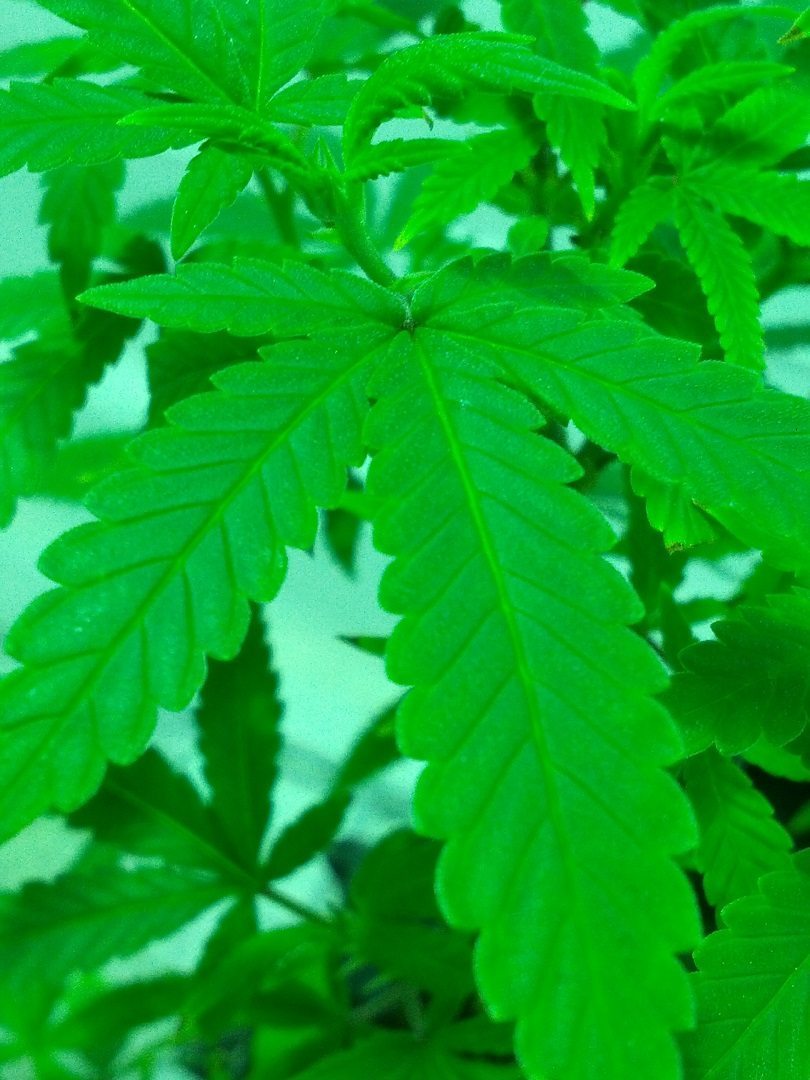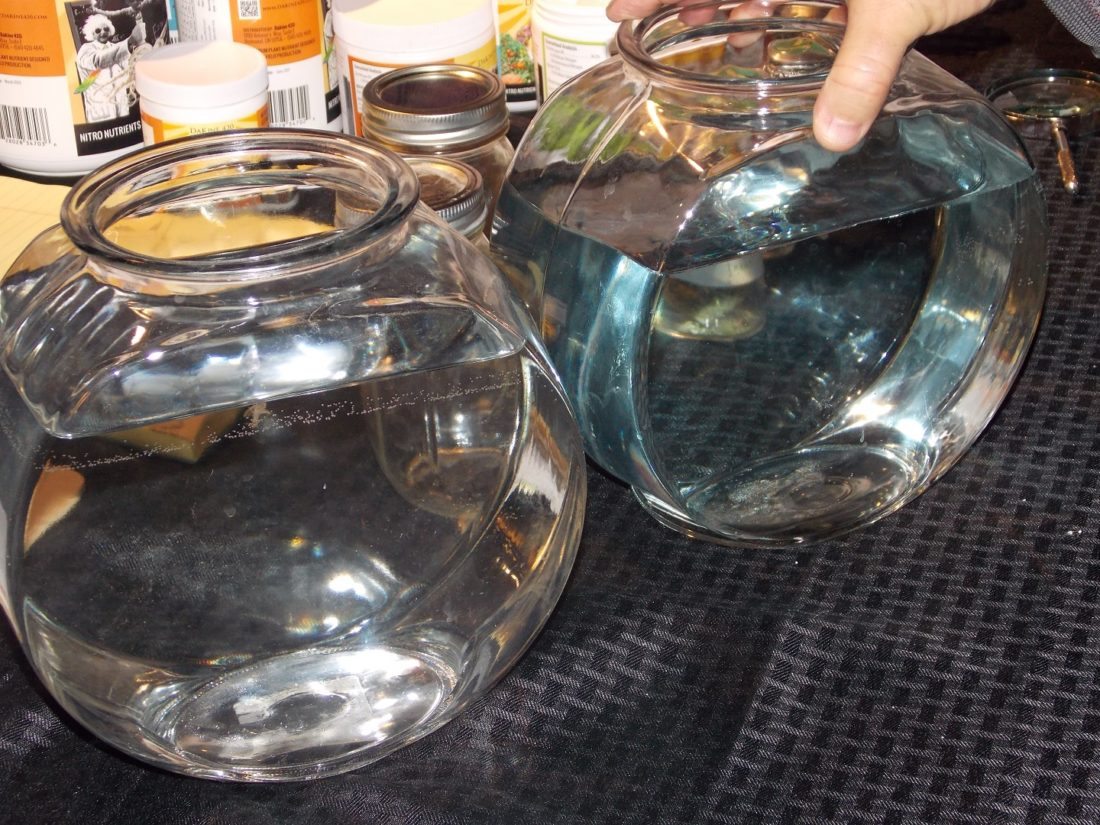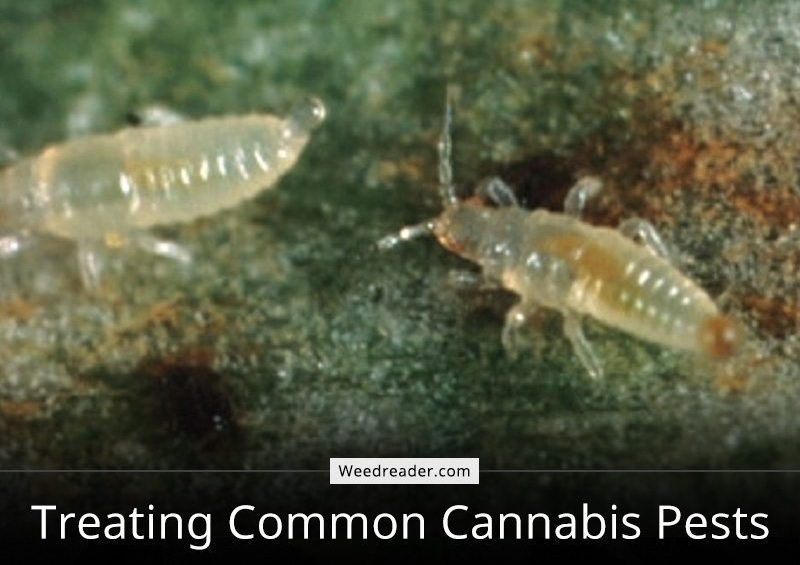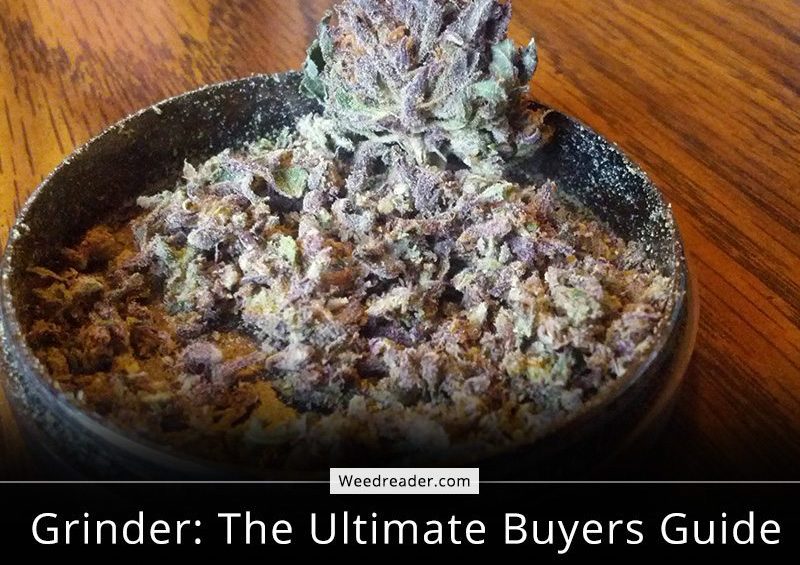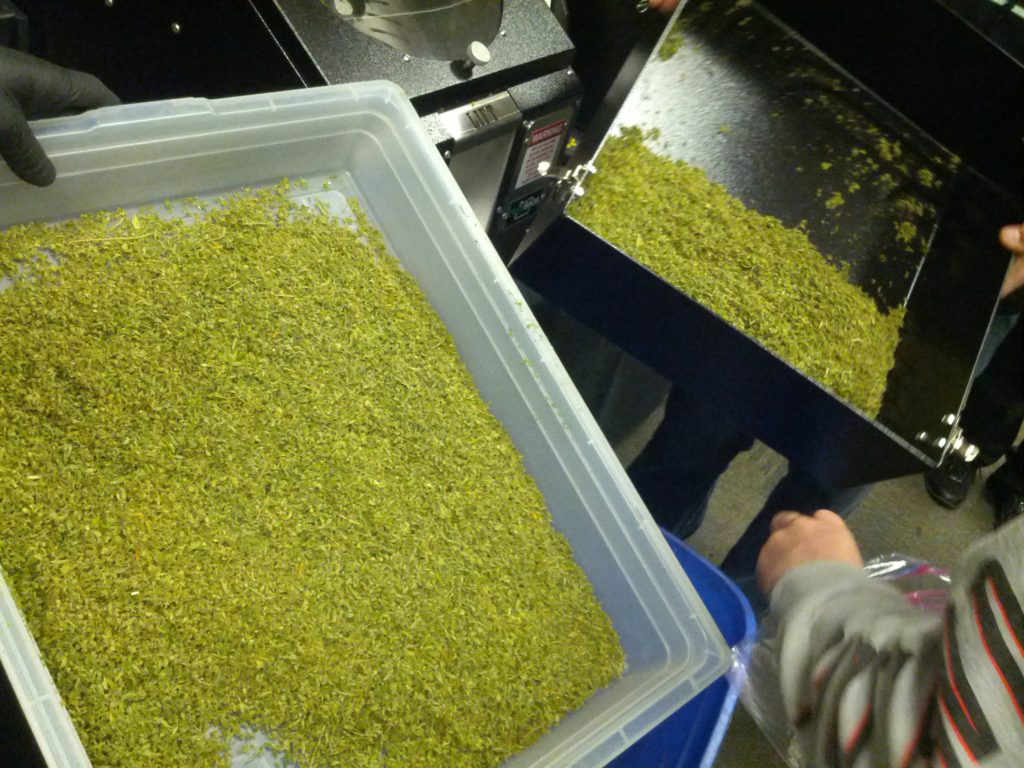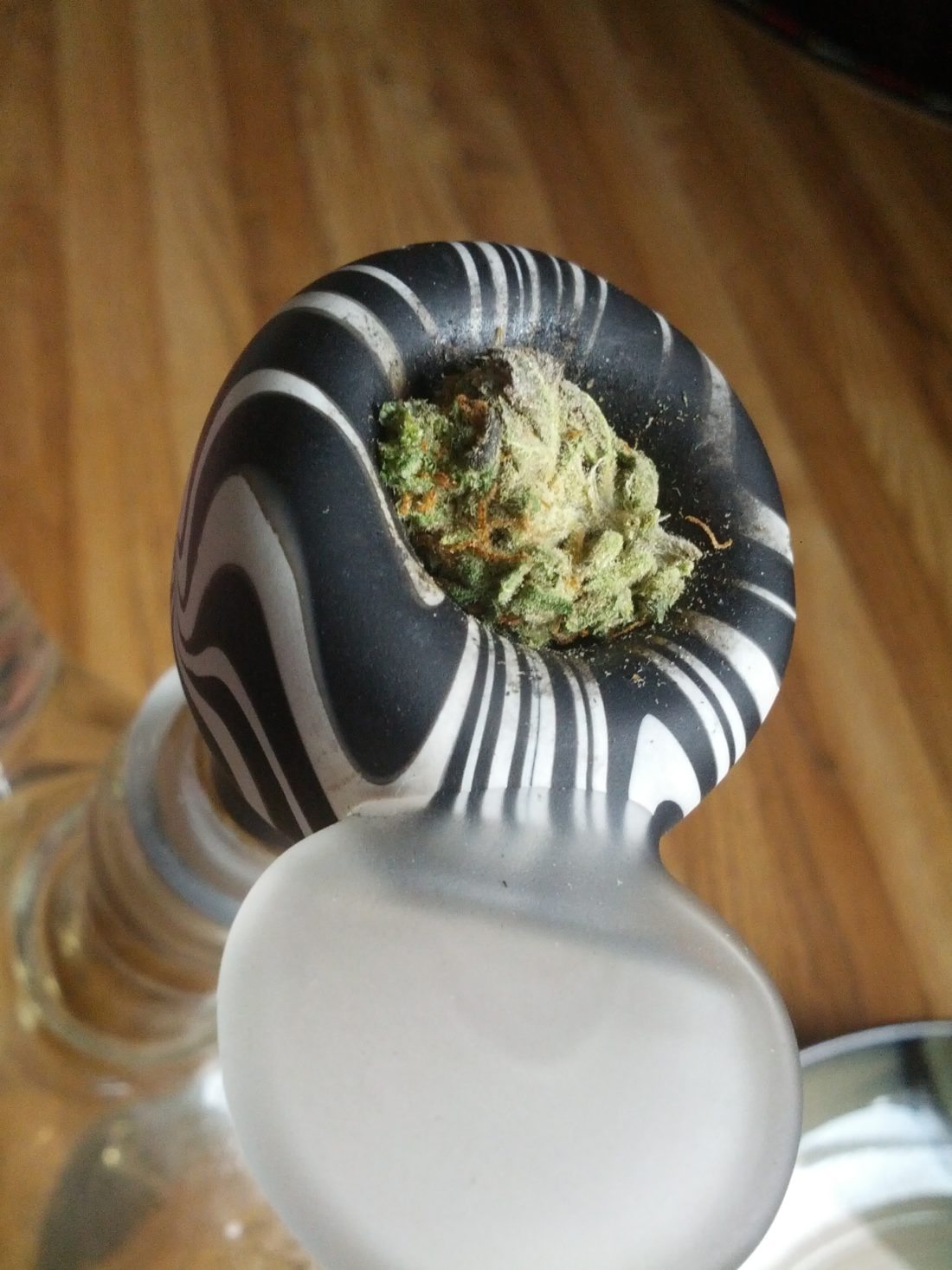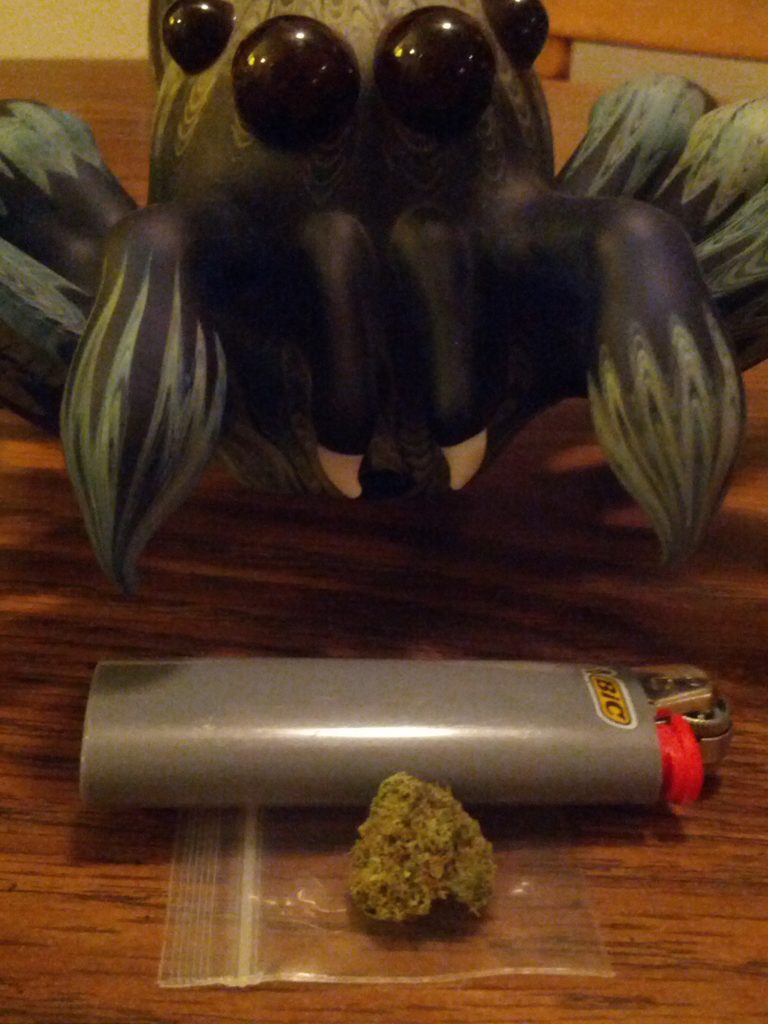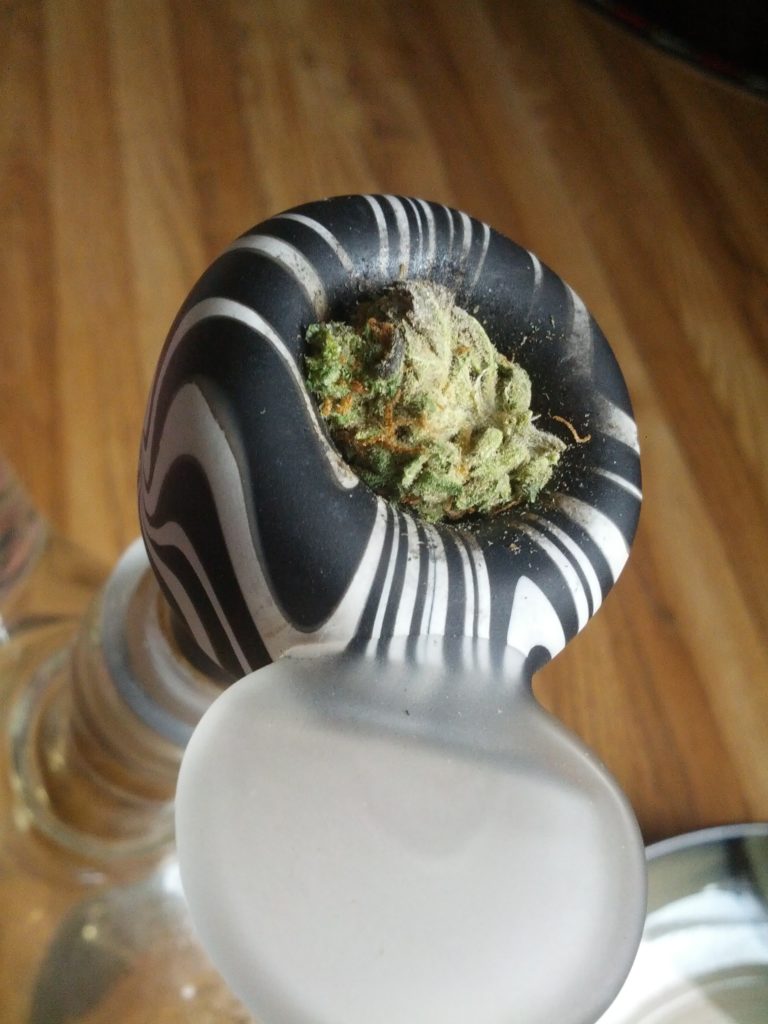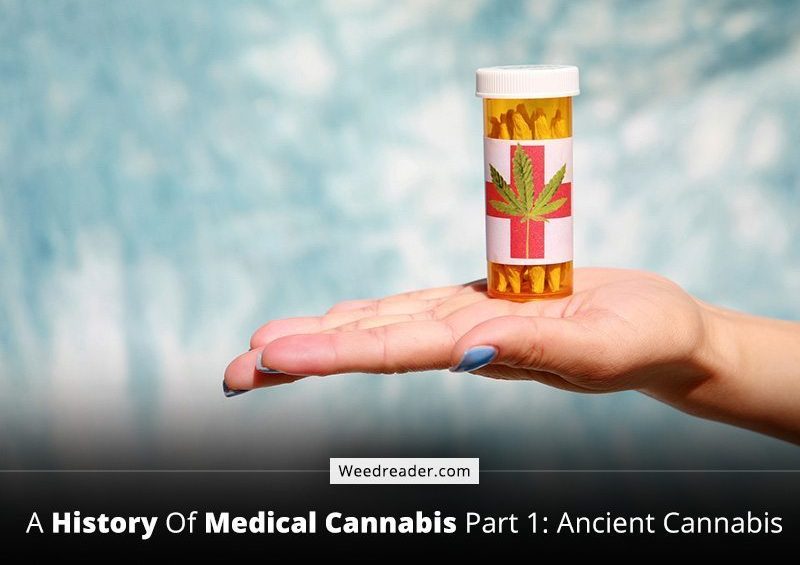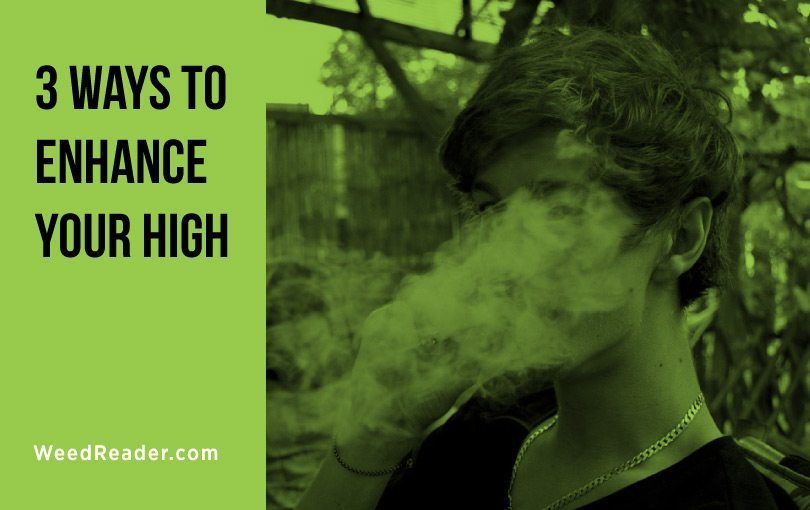How Did Cannabis Make its Way to the America’s?
Its National Hispanic Heritage Month. The time where we recognize Americans with ancestry in Spanish-speaking nations. To help bring awareness of National Hispanic Heritage Month, we explore Spain’s role in bringing marijuana to the America’s. How hemp made its way to California and how cannabis spread across the U.S. We also explore how a famous Mexican folk song referencing marijuana came to be.
The Cannabis Journey
Cannabis plants first started in Central Asia, in the regions of Mongolia and southern Siberia in 2737 BC. From China, coastal farmers brought the plant to South Korea. Then it reached India, where it was used to relieve anxiety.
Between 2000 BC and 1400 BC, cannabis made its way to Russia and the Ukraine. Germanic tribes eventually got their hand on cannabis and introduced it to central Europe. From there it made its way into Britain during the 5th century with the Anglo-Saxon invasions.
Cannabis migrated to various regions across the world over the following centuries. It traveled through Africa and reached South America before turning northwards. Cannabis arrived in North America with the Spanish and Portuguese during their bloody conquests.
Mayans, Aztecs and Hallucinogens Before Cannabis
‘Entheogen’ is used to describe plants and substances used for traditional sacred rituals. In the early history of Mesoamerica, entheogens were widely used to achieve transcendence. They included all kinds of inebriants from tobacco and marijuana to alcohol and opium in their religious practices. These psychedelic substances played an important role in the spiritual practices of American cultures for millennia before western settlers arrived.
The Mayans flourished in Central America for nearly 2000 years. Yet their last major city fell to the Spanish in 1697 as did their religion. The Mayan’s religious practices included communication between the real world and the spiritual world. They used herbs such as mushrooms and other hallucinogens to help ‘bridge the gap’ between the two worlds.
The Aztecs had similar practices as the Mayans. During the 14th-16th centuries, they used entheogenic plants and animals within their societies. The Aztecs used several types of hallucinogenic plants and used animals as sacrifices to the Gods.
Spain and the Spread of Hemp Production
Before the English and French were planning trips to the new world, Spain was promoting hemp production in its colonies throughout South America. In 1545, hemp seeds were sown in the Quillota Valley in Chile.
Hemp was mostly used to make rope for the army stationed in Chile. The rest of the hemp was used to repair and replace worn-out rigging on ships docked in Santiago, Chile. Surpluses were shipped to north Peru.
Hemp was eventually brought to Mexico by Pedro Cuadrado. He was a conquistador in Corte’s army. Cuadrado and a friend raised a successful hemp production business in Mexico. In 1550, the Spanish governor forced the business to limit production because the natives were using the plants for something other than rope.
Hemp Travels to California
In 1801, the Spanish chose the area around San Jose as an experimental farm area to raise hemp. From 1807 to 1810, California increased annual hemp production to over 22,000 pounds. During the Mexican revolution of 1810, California became detached from the main seat of government. Subsidies that stimulated hemp production ended, and the commercial production of hemp was shut down.
Mexican Mary and Jane
Toward the end of the 19th century, cannabis was in Mexico. It was found growing wild and peasants grew it to smoke in pipes. They also ate it with sugar cane, milk and chiles. Witchdoctors also used cannabis to help the locals cure their illnesses. Within the first few decades, cannabis cigarettes became common, and the contents were called “marijuana”.
Now-a-days, marijuana means cannabis. But no one is sure why cannabis cigarettes were called marijuana. Today we know marijuana cigarettes as joints, jays, doobies or blunts. One possible root of the word seems to come from the Mexican military slang “Maria y Juana” which means Mary and Jane. As in a prostitute or brothel where marijuana cigarettes were bought and sold.
The word marijuana could have also derived from the Spanish word “mallihuan” which means prisoner. And the word mallihuan could have been altered later to sound like marijuana. And don’t forget how Larry Anslinger popularized the term in an attempt to demonize the plant. However the word marijuana came to be, it became widespread in Mexico and eventually made its way to America.
Welcome to the US Cannabis
Cannabis eventually ‘arrived’ to the U.S. at the beginning of the 20th century. During that time, immigrants fled to the U.S. during the Mexican Revolution of 1910-1911 and brought weed with them. The revolution overthrew General Porfiro Diaz in 1910, which increased the Mexican migration and the use of marijuana in the US.
Eventually, the migrant workforce pushed deeper into the US. The towns where they migrated to first were in Texas and New Mexico. But they camped in shanty towns and there was an influx of people trying to find work as unskilled laborers. In order to find a better place to live and seek better opportunities, migrants moved further north.
During most of the 20th century, newspapers disseminated racist propaganda and stereotypes. They did this partly to prevent a perceived invasion and partly because they could. Mexicans had an association with Cannabis that most Americans didn’t. This made targeting cannabis users easier to justify socially than targeting people with Mexican heritage.
Targeting marijuana has continued to the modern day. It remains a stand-in for racial prejudices as the current American President regularly shows. Social appropriation has tied American’s to cannabis like never before. What once was a method to persecute minorities is beginning to backfire on privileged majorities as legalization spreads.
The Famous ‘Roach’
General Diaz was overthrown by Francisco Madero. One of the men in Madero’s forces was Doroteo Arango, who we know today as Pancho Villa. Pancho Villa and his loyal men turned on their commanding officer General Victoriano. Villa was eventually arrested and condemned to death. But he escaped prison and joined up with his troops called the Division del Norte and fled to the US.
Soon, the Mexican’s created a popular folksong, “La Cucaracha”, which became the anthem of Villa’s army. It was a derogatory song against Villa. Villa was always seen smoking marijuana. And his army wouldn’t move without toking before battles.
In the clean version of the song, Villa is the roach who couldn’t walk without his back leg (aka couldn’t walk without his weed). In the original version, it straight up says he couldn’t walk without his weed. It is a song so popular that many outside the Hispanic culture know it to this day. But many people only know of the short clean version. Maybe we can update the song to work for today’s ‘roaches’.



